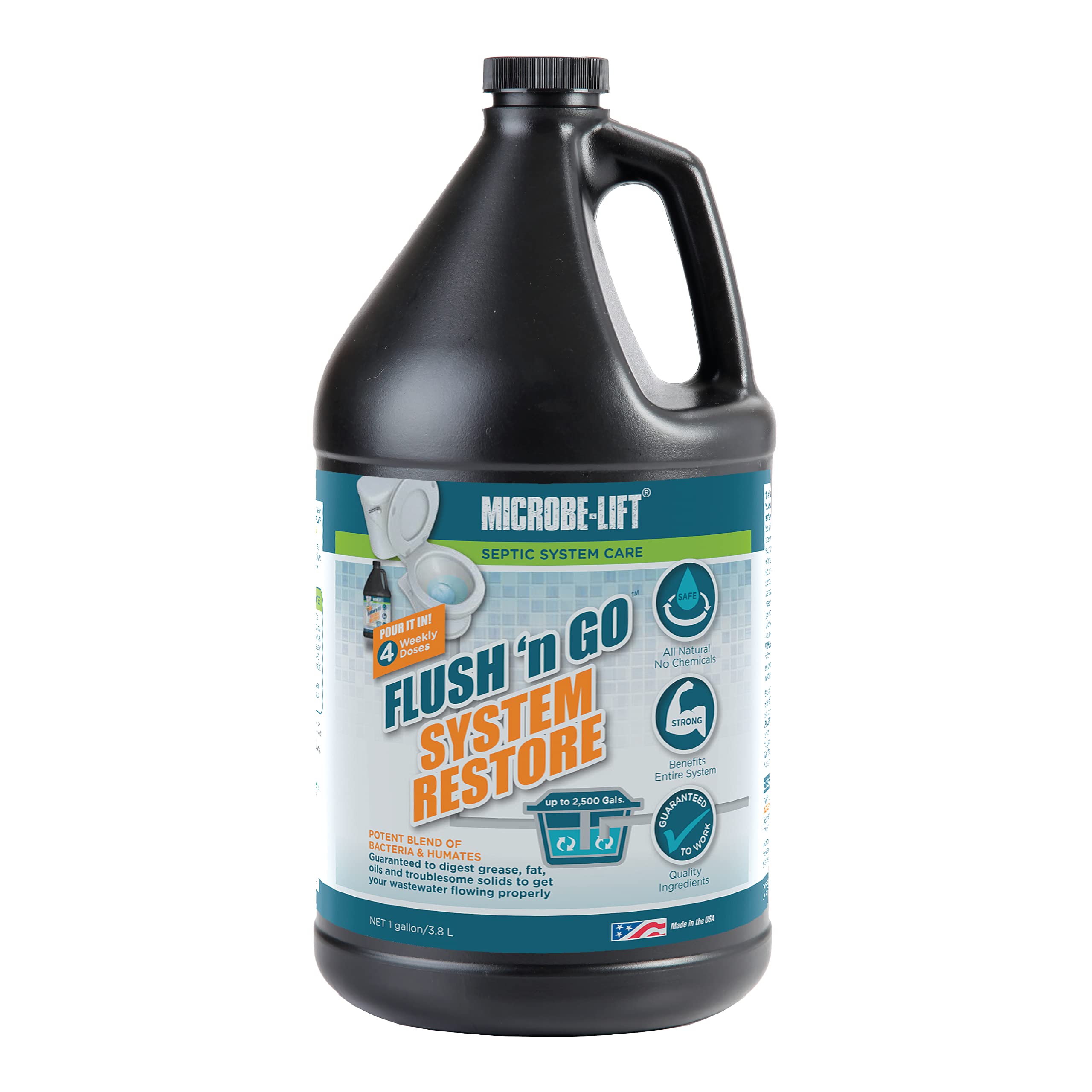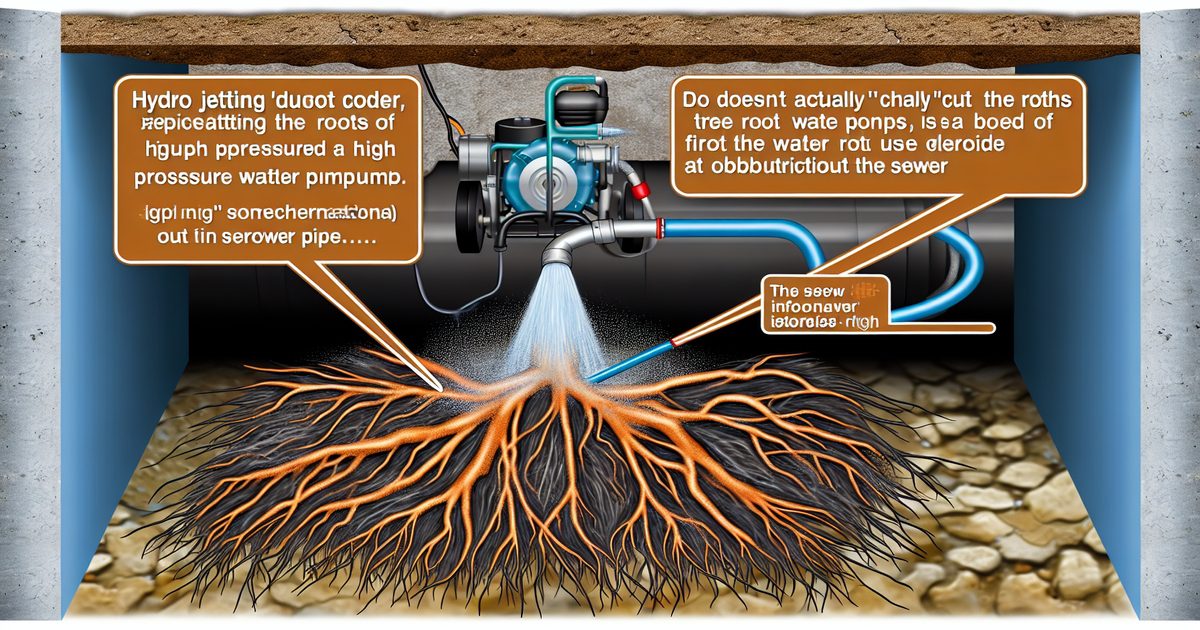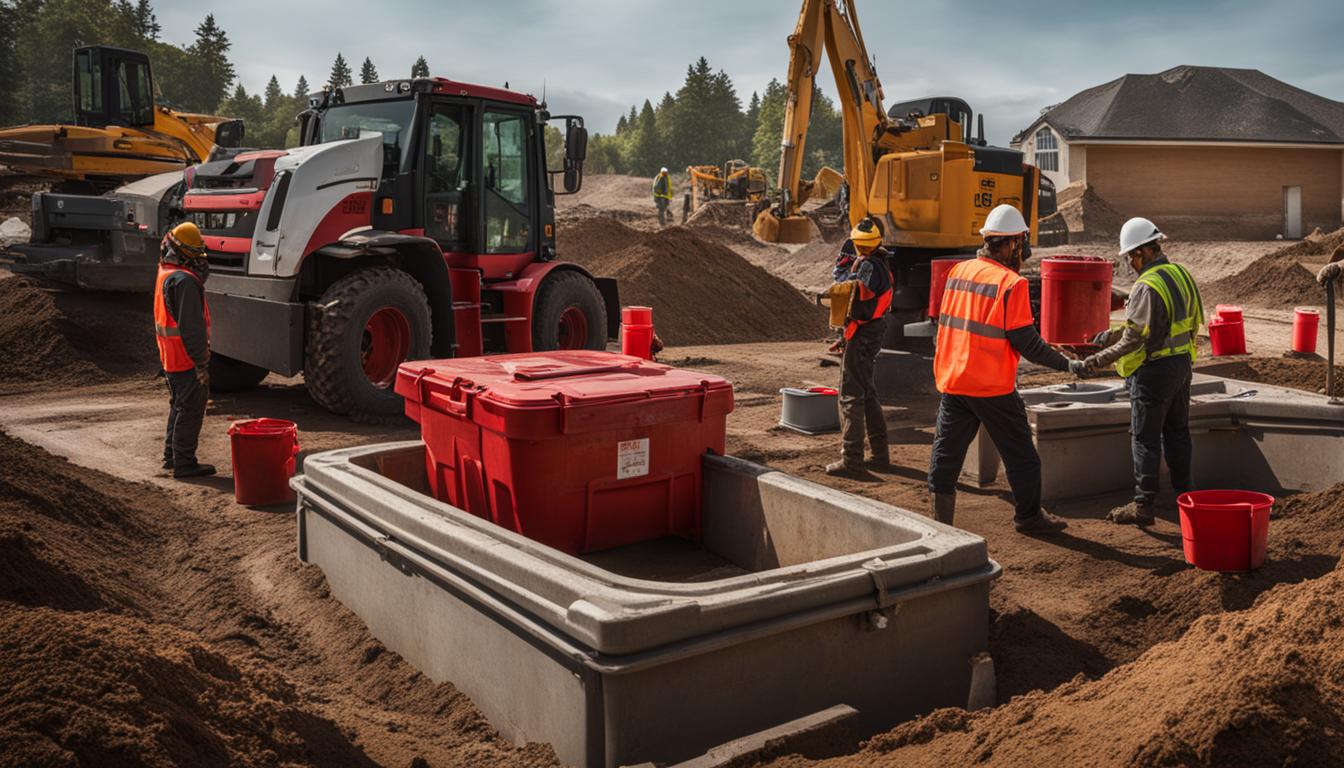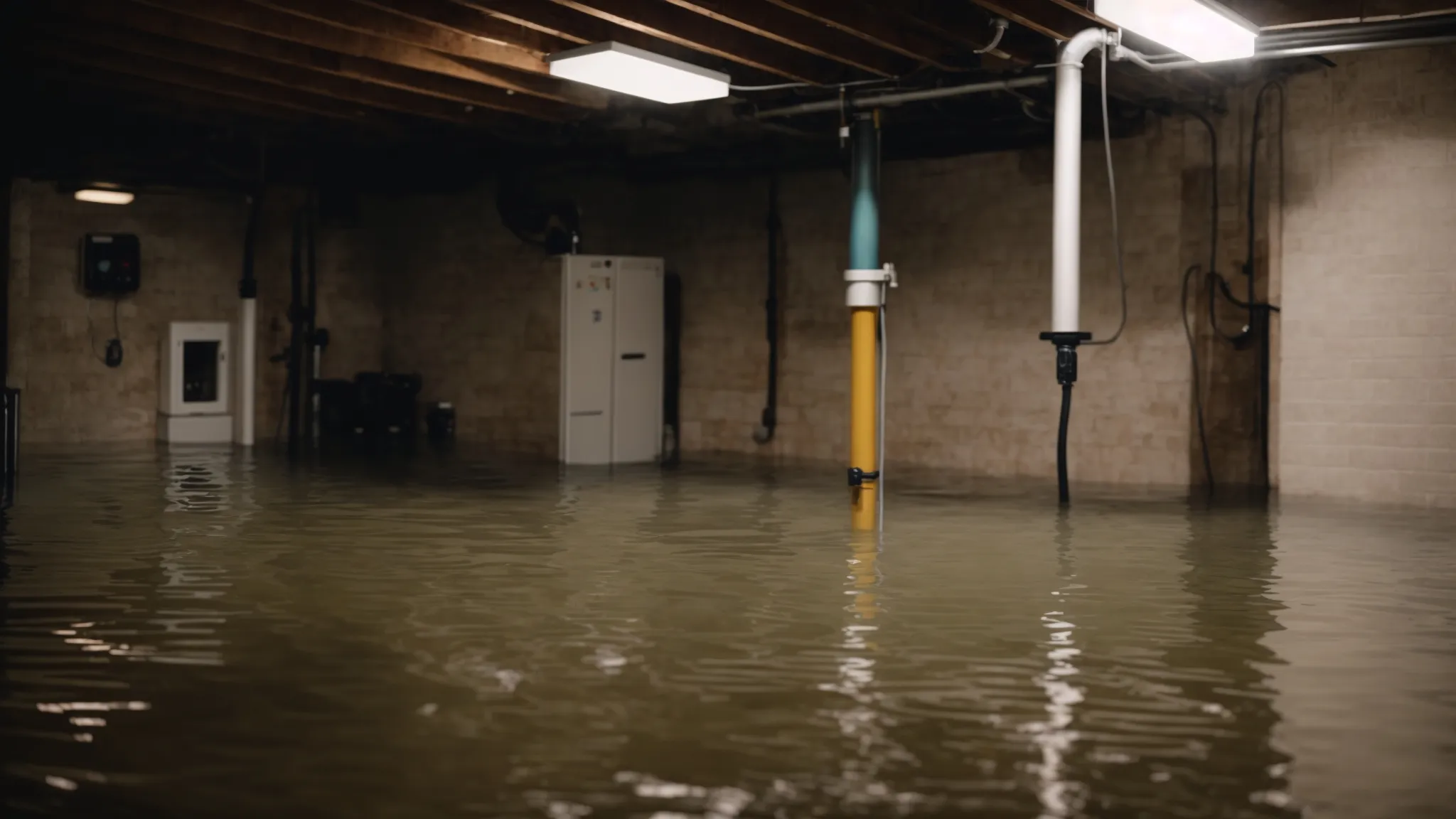To unclog a septic line, use a professional plumber to perform a thorough inspection and opt for methods such as hydro jetting or chemical treatments to remove the blockage. A clogged septic line can lead to a host of problems, such as slow draining fixtures and foul odors in your home or yard.
It’s crucial to address this issue promptly to avoid further damage to your septic system. Hiring a professional plumber is the best course of action, as they have the expertise and equipment necessary to tackle the blockage effectively. They will perform a comprehensive inspection to identify the cause and location of the clog.
Once the problem is diagnosed, they may employ methods like hydro jetting, using high-pressure water to clear the line, or chemical treatments to dissolve the obstruction. By acting promptly and seeking professional help, you can unclog your septic line and restore proper functioning to your system.
1. Understanding The Signs Of A Clogged Septic Line
The signs of a clogged septic line can be easily recognized if you pay attention to certain indications. The most common indicator is a slow draining sink or toilet. If you notice that water is taking longer than usual to drain or if it is backing up, it could be a sign of a clog in your septic line. Another sign to look out for is a foul odor coming from your drains or septic tank. A strong sewage smell may suggest that there is a blockage preventing the system from properly processing waste. Additionally, if you notice that your yard is unusually wet or if you see sewage pooling on the ground, it could be a sign that your septic line is clogged and causing a backup.
2. Prevention Is Key: Regular Maintenance And Care
Importance of regular septic tank inspections: Regular septic tank inspections play a vital role in maintaining the health of your septic system. By scheduling regular inspections, you can identify and address any potential issues before they escalate into costly repairs or complete system failure. During inspections, professionals will assess the levels of solids and scum in your tank, check for signs of leakage or blockages, and ensure that all components are functioning properly. This proactive approach allows you to take timely action and implement necessary maintenance measures.
Simple steps to maintain a healthy septic system:
- Regular pumping and cleaning: It is essential to have your septic tank pumped and cleaned at regular intervals to remove accumulated sludge and scum. This prevents clogging and prolongs the lifespan of your system.
- Avoiding excessive water usage: Excessive water usage puts unnecessary strain on your septic system. Implement water conservation practices such as fixing leaky faucets and toilets, using efficient appliances, and spreading out laundry loads.
- Proper disposal of waste and chemicals: Avoid flushing non-biodegradable items, such as wet wipes, feminine hygiene products, and paper towels, down the toilet. Additionally, never dispose of harsh chemicals, oil, or grease down the drain as they can disrupt the bacterial balance in your septic tank.
3. Traditional Methods For Unclogging A Septic Line
Unclogging a septic line can be a daunting task, but with the right techniques and tools, you can get the job done efficiently. In this post, we will explore some traditional methods that are commonly used to unclog septic lines.
1. Introduction to basic techniques for unclogging
Before diving into the specific methods, it is important to understand the basic techniques for unclogging a septic line. These methods involve using tools and equipment to remove blockages and restore the normal flow.
2. Tools and equipment needed
| Drain snakes | Using a drain snake is a popular method for unclogging septic lines. This flexible tool is inserted into the line, allowing you to break up and remove any obstructions. |
| Hydro jetting machines | Hydro jetting machines use high-pressure water streams to clear clogs in septic lines. This method is effective in removing stubborn blockages and build-up. |
By utilizing these traditional methods and having the right tools at your disposal, you can successfully unclog septic lines and restore the proper functioning of your system.
4. Natural Remedies For A Clogged Septic Line
When dealing with a clogged septic line, you can try several DIY techniques using common household ingredients. One popular method is using a mixture of baking soda and vinegar. Combine half a cup of baking soda with one cup of vinegar and pour it down the drain. Wait for a few minutes and then flush the drain with hot water. The chemical reaction between baking soda and vinegar helps break down the buildup and unclog the septic line.
Another effective DIY remedy involves pouring boiling hot water down the drain, followed by a generous amount of dish soap. Allow the solution to sit for several minutes before rinsing it with more hot water. The heat from the water and the degreasing properties of the soap can help dislodge and remove the clog.
5. Chemical Solutions For Stubborn Clogs
When dealing with a stubborn clog in your septic line, it is important to consider chemical solutions as a last resort. Caution should be exercised when using chemical drain cleaners as they can have negative effects on your septic system. The chemicals in these products can disrupt the natural balance of bacteria in your septic tank, potentially leading to expensive repairs.
Alternatively, there are recommended products specifically designed for septic systems. Enzyme-based cleaners work by breaking down organic waste, helping to keep your septic system running smoothly. These products are typically safe for use and help maintain the natural balance of bacteria in your septic tank.
A biological drain cleaner is another option to consider. This type of cleaner uses bacteria and enzymes to consume and break down organic waste. Biological drain cleaners are also safe for septic systems and can help prevent clogs.
| Recommended Products for Septic Systems |
|---|
| 1. Enzyme-based cleaners |
| 2. Biological drain cleaners |
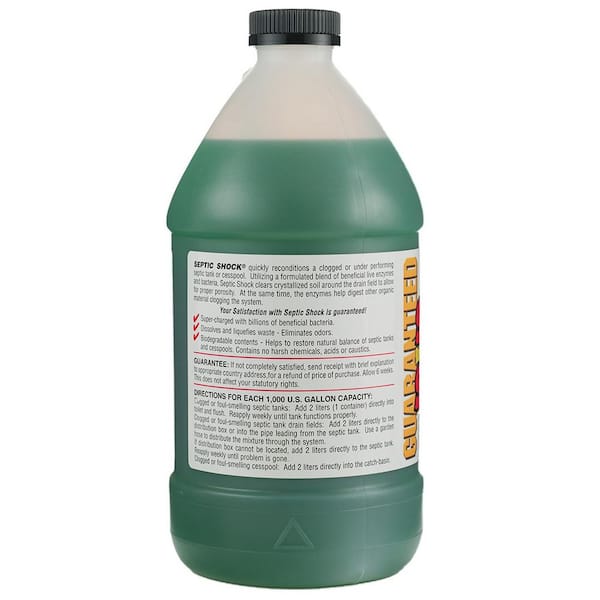
Credit: www.homedepot.com
6. Power Washing And Professional Jetting Services
|
When it comes to unclogging a septic line, power washing and professional jetting services can be highly effective. Power washing utilizes water at high pressures to break up severe blockages in the septic line. This process is especially useful when traditional methods like plunging or using chemical drain cleaners have failed to clear the clog. Hiring professionals for jetting services also offers several benefits. Firstly, professionals have the necessary knowledge and expertise to handle the job safely and efficiently. They use high-pressure water jetting equipment, which can easily remove stubborn blockages and accumulated debris that may be causing the clog. Video inspections are often conducted by professionals before starting the jetting process. This allows accurate diagnosis of the underlying issue, enabling them to effectively target the blockage and prevent any potential damage to the septic system. |
7. Repairing And Replacing The Septic Line
Repairing and Replacing the Septic Line: Knowing when to consider repairing or replacing the septic line is essential. Septic lines can become clogged or damaged due to various reasons, such as tree root intrusion, aging pipes, or blockages from grease and other debris. Here are the steps involved in repairing or replacing a septic line:
- Excavation and assessment: The first step is to excavate the area surrounding the septic line to determine the extent of the damage or clog. This will help in deciding whether repair or replacement is necessary.
- Selection of appropriate materials: Once the assessment is complete, it’s crucial to choose the right materials for the job. This includes selecting durable pipes and fittings that can withstand the demands of a septic system.
- Installation and final inspection: After the materials have been selected, the septic line can be repaired or replaced. A professional will ensure proper installation and conduct a final inspection to ensure everything is functioning correctly.
Frequently Asked Questions For How To Unclog Septic Line
How Do I Know If My Septic Line Is Clogged?
You can tell if your septic line is clogged by noticing signs such as slow drains, gurgling sounds, foul odor, and sewage backup in your toilets or sinks. If you experience any of these symptoms, it is advisable to call a professional plumber to inspect and fix the clogged septic line.
Why Does My Main Septic Line Keep Clogging?
Your main septic line keeps clogging due to various reasons, such as tree roots invading the pipes, excessive buildup of grease or solids, or a broken or damaged pipe. Regular maintenance and professional inspection can help prevent these issues and keep your septic system functioning properly.
Is It Ok To Use Drano In A Septic System?
Using Drano in a septic system is NOT recommended. Drano contains chemicals that can harm the natural bacteria in the septic tank, disrupting the system’s functioning. It can lead to costly repairs and potentially even septic system failure. It is better to use septic-safe alternatives for maintaining and unclogging your drains.
What Can I Put In My Septic Tank To Break Down Solids?
To break down solids in your septic tank, you can use septic tank additives. These additives contain beneficial bacteria that help decompose waste. Regular use can improve the overall efficiency and prevent clogs in your septic system.
Conclusion
Maintaining a properly functioning septic line is crucial for the smooth operation of your plumbing system. By following the steps outlined you can effectively unclog your septic line and prevent further complications. Remember to regularly inspect and clean your septic system to ensure its longevity and avoid costly repairs.
With these tips, you’ll be able to keep your septic line running smoothly for years to come.
